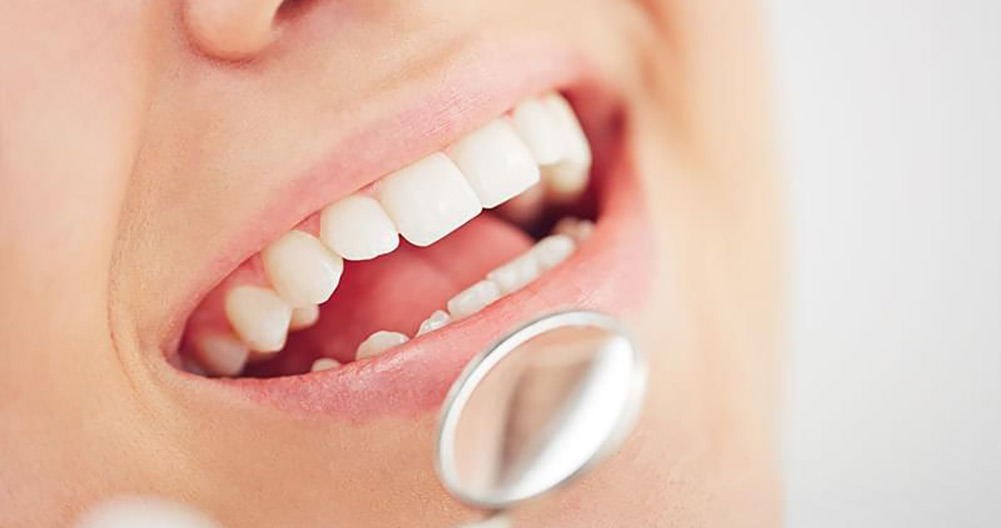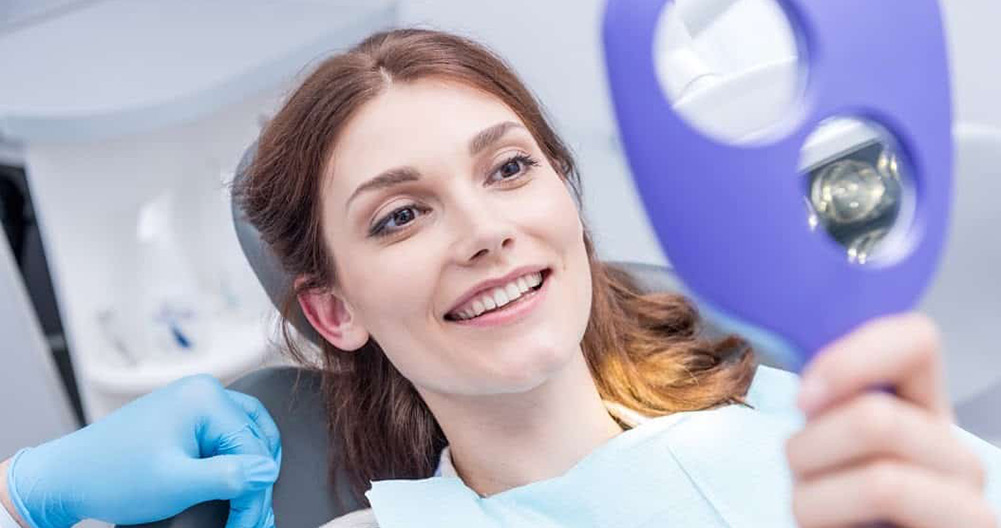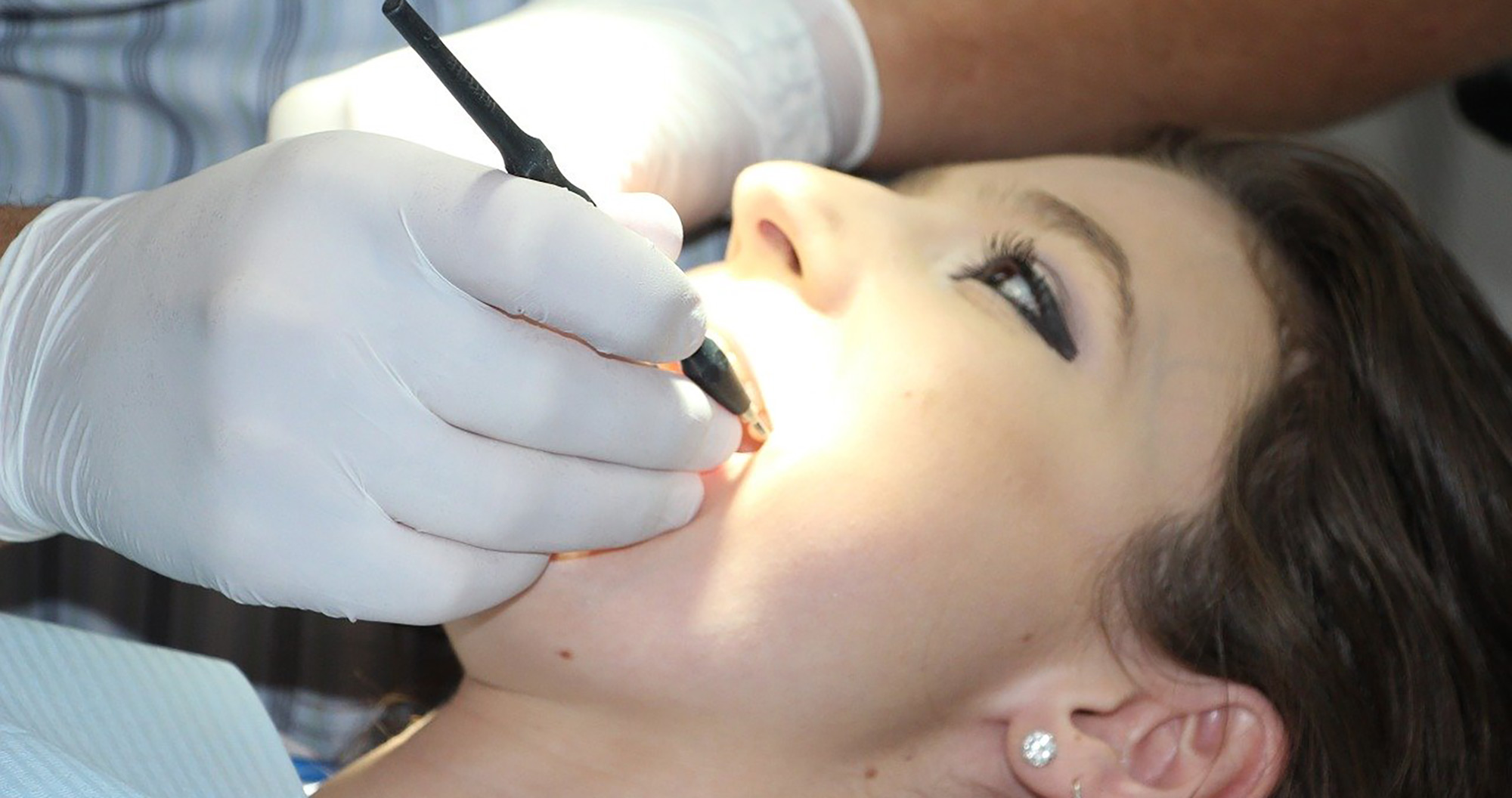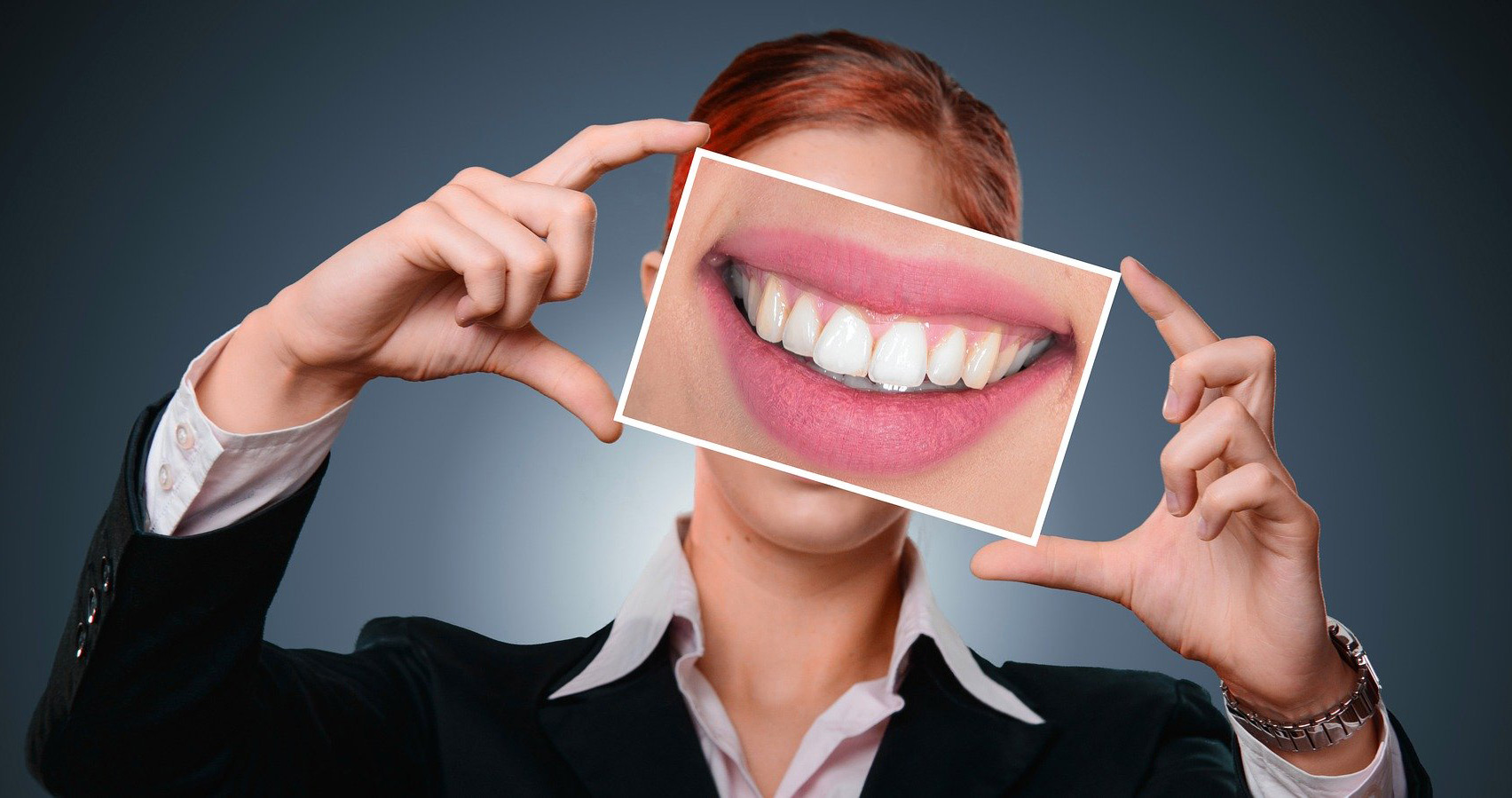When it comes to our overall health, the best way to stay healthy is by practicing good habits such as eating healthy meals and staying active. The same goes for your oral health. Practicing good oral habits goes a long way to ensuring that your smile is healthy and looks fresh. Apart from the regular oral care, you practice at home. You also need regular dental cleanings and check-ups by your dental professional to keep your mouth healthy.

How Often Do You Need A Dental Cleaning?
The frequency of dental cleanings varies from patient to patient. Your dentist or dental hygienist will take into account a variety of factors when recommending how often you should come in for a dental cleaning. Factors such as your current oral health, your oral history, your habits, etc. will be taken into consideration before recommending a dental cleaning schedule. Some patients may not agree to come in as often as their dental professional recommends due to insurance coverage or anxiety when visiting the dentist.

Dental Check-Up Exam
At the end of your dental cleaning, your dentist may perform a dental check-up exam to monitor your oral health and look for any areas of possible concern. This type of check-up exam usually takes a few minutes and is performed at the end of your appointment. In some cases, your dentist may recommend that you have a complete oral exam or
comprehensive oral health, this is a much longer type of exam that records information about a variety of areas in the mouth, it is like getting a snapshot of your oral health. All check-up exams after your complete exam are performed to look for any changes in your oral health when compared to your complete oral exam. If you need a dental cleaning and exam, or have never had one, contact us today to schedule an appointment.

Why Is A Dental Cleaning Important?
The goal of a dental cleaning is to remove harmful plaque bacteria from the teeth and under the gums. While brushing and flossing are a great way to keep teeth and gums clean, it is impossible to remove all the plaque bacteria from the teeth and under the gums using these methods. Over time, leftover plaque bacteria in the mouth begins to harden into
a substance called tartar or calculus. This hardened plaque bacteria cannot be removed through brushing and flossing alone. It can only be removed through the use of specialized dental cleaning tools. It is especially difficult to remove plaque bacteria once it finds its way under the gums and out of the reach of your toothbrush and floss.

The recommended minimum to ensure oral health is to brush and floss at least once a day. If your oral care routine at home is lacking, or if you have not seen a dentist in a while, the chances of developing gum disease or gingivitis. or a more serious condition increase. Gum disease is a reversible disease if it is treated early enough through proper oral
care at home and at your dental office. If gum disease is left untreated, it will progress to an irreversible disease known as periodontal disease. Periodontal disease causes the breakdown of tooth and gum tissue which eventually leads to tooth loss over time.



